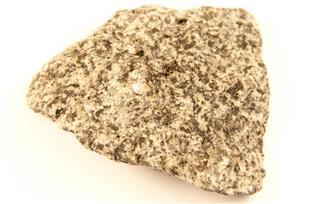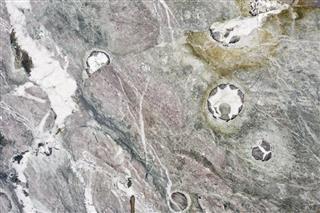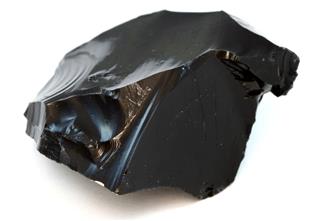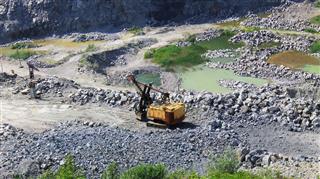
The prime characteristics of igneous rocks used for identification purposes are color and size of crystals. Color of igneous rocks may be light or dark, whereas the crystal size is either small or large, based on how crystallization process takes place.
The most abundant rock in the earth’s crust is none other than the igneous rock type. It alone accounts to about 90 percent of all rocks in the top layer of the earth’s crust. The name igneous is coined after ignis, a Latin word meaning fire. This rock possesses distinctive properties that separates it from the other rocks. But, you don’t have to be an expert in geology to study the different properties of igneous rocks. The fun part is, you can observe the classifiable characters of this rock with a simple magnifying glass.
Distinguishing Features of Igneous Rocks
They represent some of the diverse rock types. Take the example of pumice and obsidian; the former is highly porous with surface holes, while the latter igneous rock type is glassy with no distinctive mineral crystals. Pumice is formed when the lava exploded at a great height cools down, and obsidian rock is resulted due to instant solidification of silicate rich lava after falling over cool surfaces. For your understanding, some important characteristics of igneous rocks are described below.
- Believe it or not, igneous rocks are the oldest type of rocks on earth. The remaining two rock types (sedimentary and metamorphic) are modifications of igneous rocks. They are the base rocks for development of different rock types, which we see in and around us.
- Igneous rocks are very hard (harder than sedimentary rocks) and resistant to elevated temperature conditions. Resistance to extreme heat is understandable from the fact that these rocks are formed from the hot and molten magma (625-1200° C), which occur beneath the earth’s surface.
- The important characteristic that differentiates them from sedimentary and metamorphic rocks is the absence of fossils. Since they are formed at a relatively fast rate, there is no chance for entrapment of plant and animal traces. Read more on igneous rock facts.
- They are made up of different types of minerals, based on the actual temperature at which cooling of magma (below or above earth’s surface) takes place. And the constituting minerals are taken into consideration while classifying different types of igneous rocks.
- If the cooling temperature is low, the resulting igneous rocks basically contain minerals having silicon, aluminum and potassium as constituent elements. In case, magma cooling occurs at a high temperature, the component minerals are rich in sodium, calcium, iron and magnesium.
- Color is another attribute used for classification of igneous rocks. It again depends upon the chemical composition of magma. Chemically, magma is grouped under – felsic magma, intermediate magma (between felsic and mafic), mafic magma and ultramafic magma.
- Felsic igneous rocks are light-colored (e.g., rhyolite) and contain silica to about 65%. Whereas, mafic rocks contain lesser amount of silica (up to 52%), and are generally darker in shade (e.g., gabbro). Lastly, silica content is lowest in ultramafic igneous rocks (less than 45%), and they occur rarely (e.g., peridotite).
- The rate of crystallization influences a lot in defining texture of igneous rocks. The faster a rock cools down and solidifies, there is less time for crystallization to take place. In contrary, slow cooling process promotes growth of large crystals that are arranged in a compact manner.
- To put in simpler words, the individual crystal size of igneous rocks is inversely proportional to the speed of cooling. A rock with inconspicuous crystals (fine texture) is formed by fast cooling process, while the reverse occurs for an igneous rock with larger crystals (coarse texture).
- Igneous rocks can be intrusive or extrusive, depending upon how the rocks are formed. Intrusive or plutonic rocks (e.g., granite) are directly formed from the magma and cooling process occurs below the earth’s surface. Extrusive or volcanic rocks (e.g., basalt) are formed after solidification of lava.
- In general, the crystal size of volcanic rocks is small and inconspicuous. The reason may be because of volcanic eruption in the ocean, thus speeding up the rock cooling process. In comparison to this, plutonic rocks that are formed underground solidify at a slow rate, thereby promoting growth of large crystals.
Common examples of igneous rocks, which are demonstrated for studying rock characteristics include pumice, basalt, granite, gabbro, obsidian and rhyolite. A valuable rock type, the applications and/or uses of igneous rocks are numerous. Right from household cleaning to construction projects and decorations, these rocks are used in many spheres of life.






